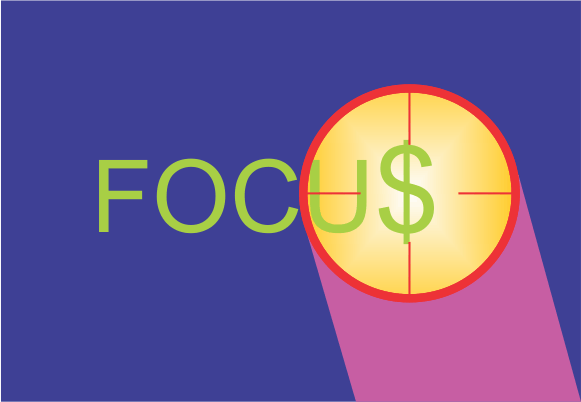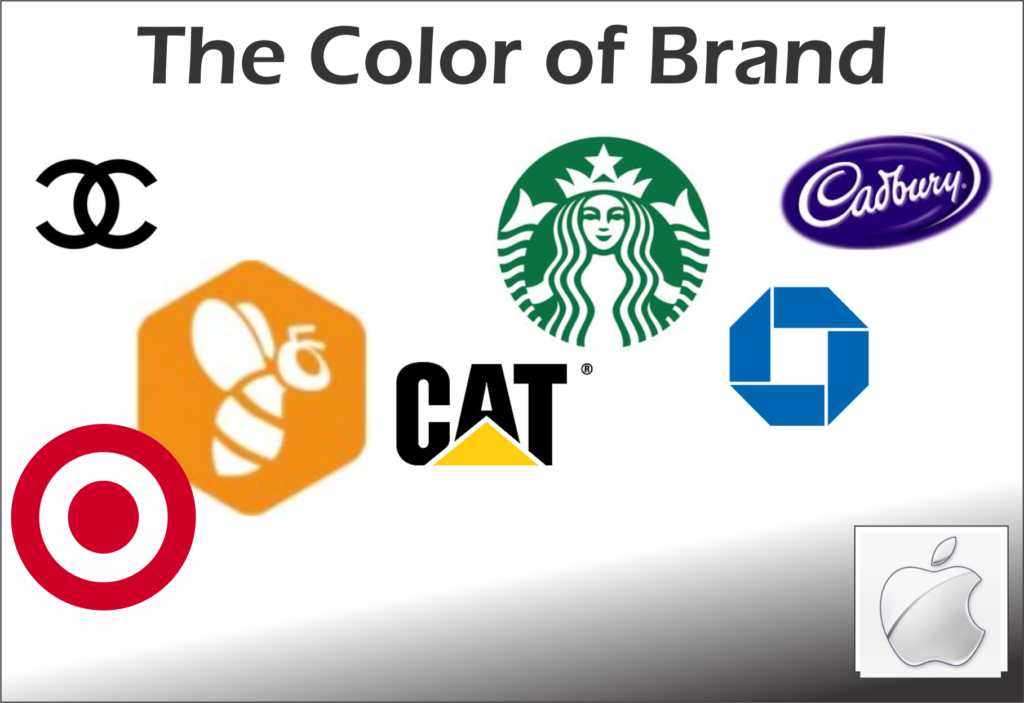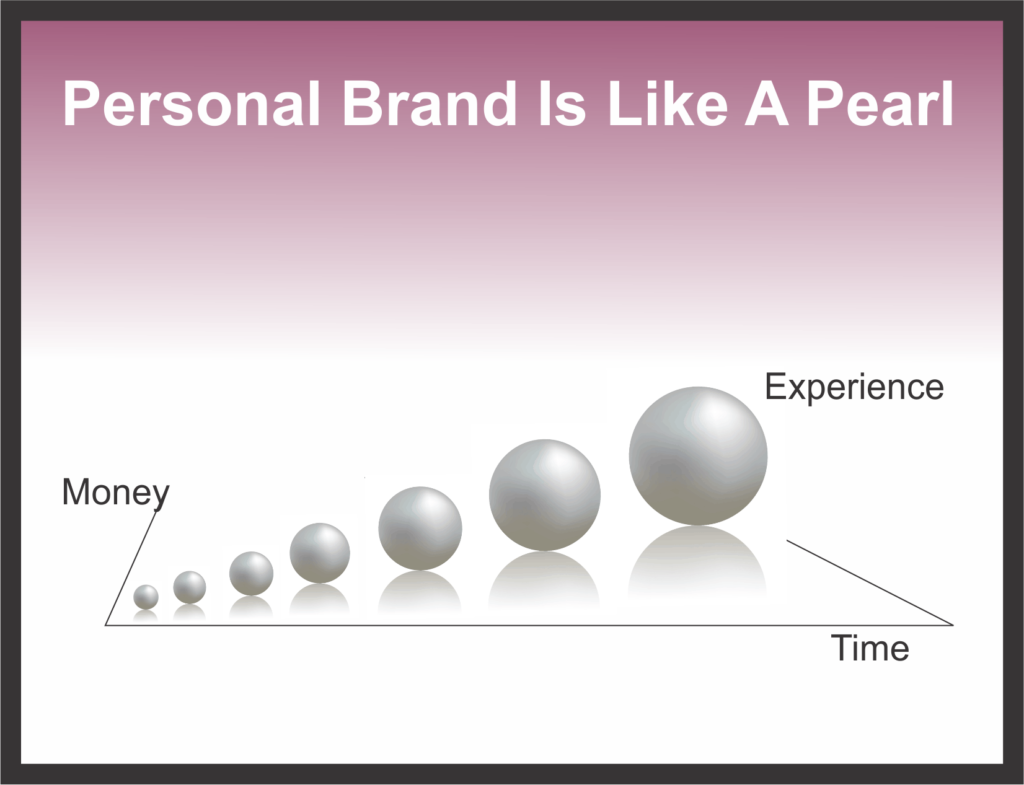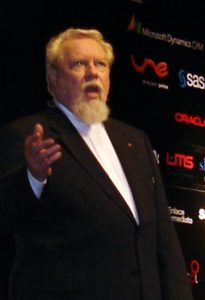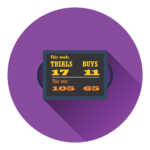
Entrepreneurs may be male or female. Either way investors want to understand the business architect. It is your job to show them the cathedral. (Read to the end)
Ken asked me to do a telephone consult with a start-up.
I’m willing to talk to anyone for an hour or so and usually request any documents they have which will give me a clue as to what they do. The conversation always starts with an open ended question.
I asked, “What seems to be the problem?”
The guy’s answer, which took about five minutes, could be summed up in a couple words, “I’m stuck.” Translation: His advisory board had directed the entrepreneur to write a simple plan that would tell potential investors what the company’s vision, mission and plan to go to market was with an eye to generating the $500,000 needed for product development. They weren’t asking him to put down all the financials in spreadsheets. They just wanted a coherent document, possibly a slide deck that could be reviewed with potential investors.
“I kind of get your vision,” I said, “But what is the mission and position of the company?”
He replied, “I have tons of material and information and as much as I work at it I can’t seem to put it together. Every time I try I put down reams of stuff on paper and I imagine eyes glazing over as people read it. But it is all good information, stuff they should know.”
“Right,” I said, “so you are having difficulty being concise. And you are trying, even though you don’t realize it, to make your audience as knowledgeable about what you are trying to do as you are. Is that right?”
He said it was which caused me to go off on this rant….
There’s a plan to raise money and a plan to make money.
Just about any kind of product or service company built from scratch requires both. Your business plan is your plan to make money. You want it to work. You will have to make it work when you go to market. Your plan to raise money is another plan altogether. This is a different target audience with different interests, desires, concerns and a much shorter attention span. The men and women that provide funding come in three flavors:
- Friends & Family (depending on the circles you are a member of, up to $50,000 a round)
- Angel investors (Anywhere from $25,000 to $200,000 per round)
- Venture Capitalists (From $500,000 to Millions per round)
Investors want to be sure you’ve done your due diligence, understand the market you are entering, have reasonable expectations and have the staff that can make it happen.
Your plan to raise money must be more concise.
How? Here are 3 ways:
- Develop a positioning statement, incorporate it in the logotype of the company and display it on the cover of any document or opening slide. If it matches up to your mission it is two thirds of what I call Lightning in a Bottle. E-mail me if you want to learn more.
- Have staff signed up that investors will believe can get the job done. Experience performing the same tasks in other ventures is always a plus and as the investment increases becomes more important. At the high end, it is not uncommon for a position on your board to be part of the negotiation.
- Make your executive overview just that. Keep it to one page if you can. Investors are busy people.
Investors make decisions on whether to read further based on three pages:
Cover which done properly can start an emotional connection (Positioning),
Staff where bios can convince them you have a winning team in place and
Executive Overview which can convince them that you know the market, the competition, the value of your product/service, how to get it to market and how to manage it to a successful future.
People that invest money in ideas want to see the cathedral on the hill.
They have no interest in how you craft each stone to build it. They know it can’t be done overnight. They know it takes the combined labor of many to make it real. They want to be sure you are really the architect you claim to be. Help them trust you. Help them visualize it, completely built, and let them decide.
 Jerry Fletcher is a beBee ambassador, founder and Grand Poobah of www.BrandBrainTrust.com
Jerry Fletcher is a beBee ambassador, founder and Grand Poobah of www.BrandBrainTrust.com
His consulting practice, founded in 1990, is known for Trust-based Brand development, Positioning and business development on and off-line. He is also a sought-after International Speaker.
Consulting: www.JerryFletcher.com
Speaking: www.NetworkingNinja.com



